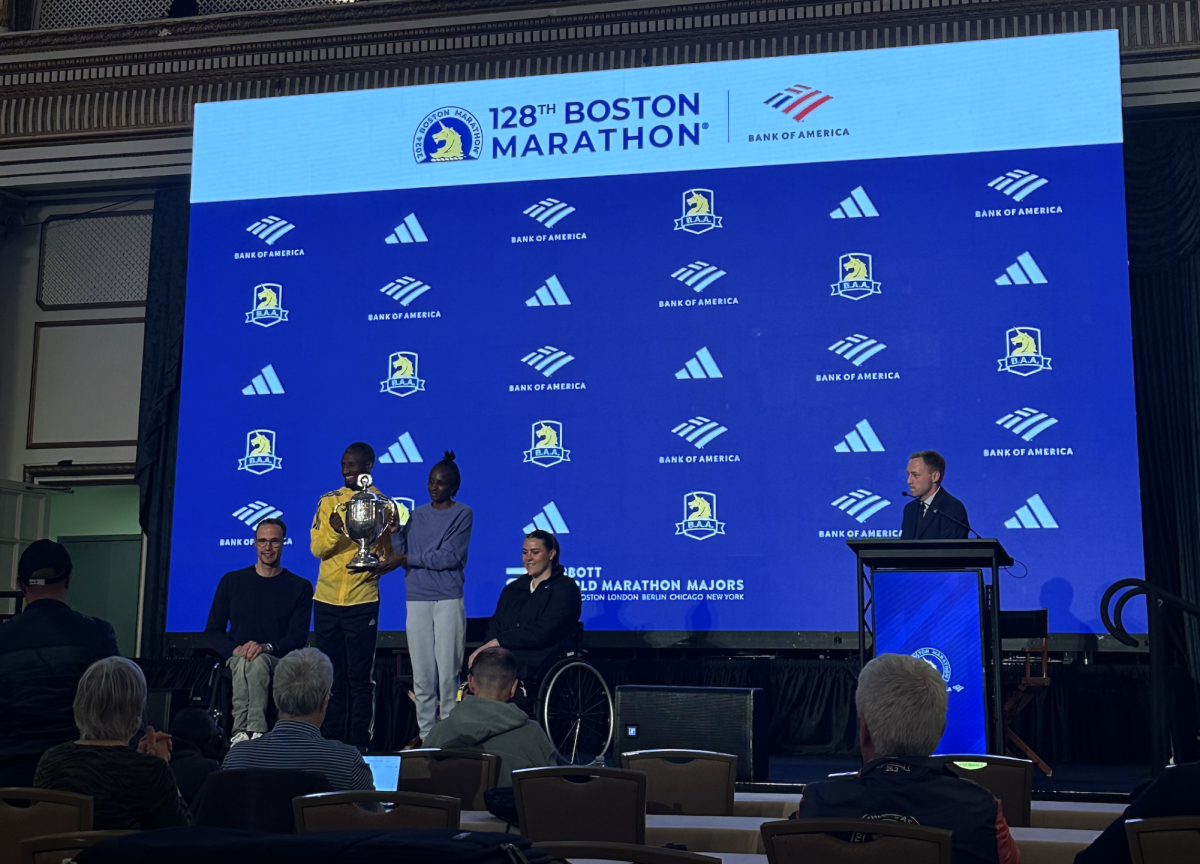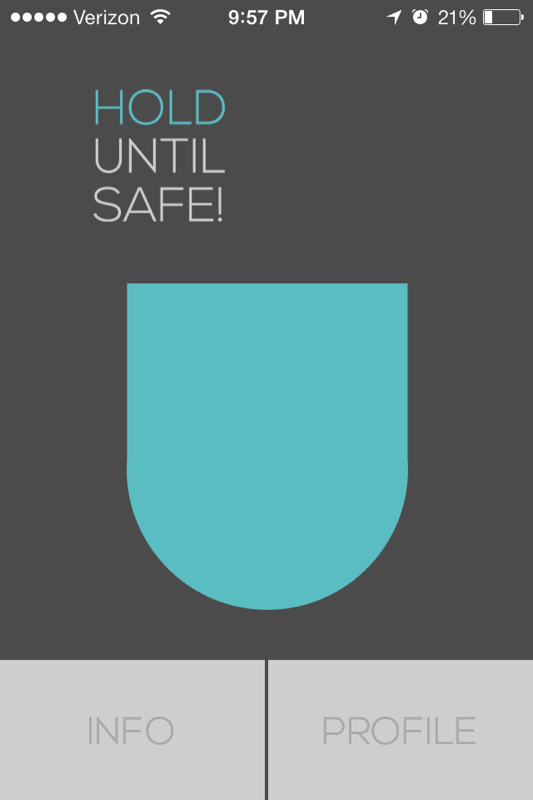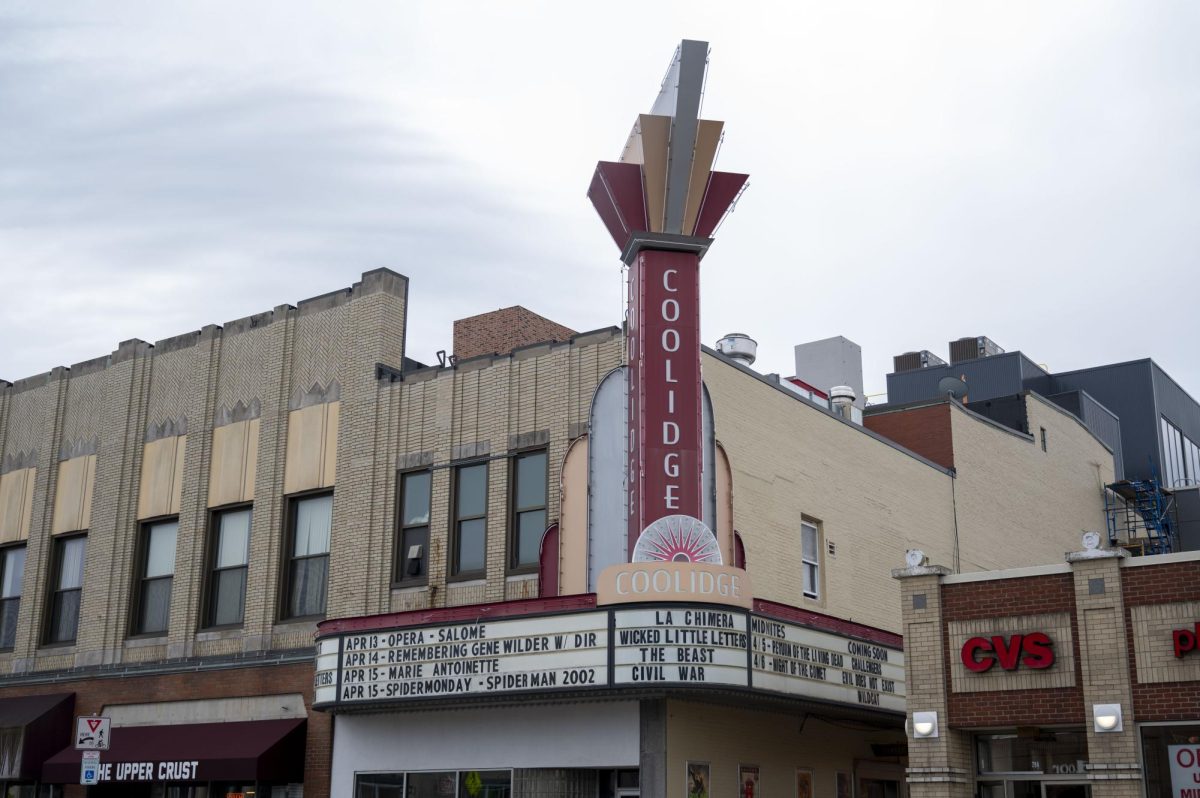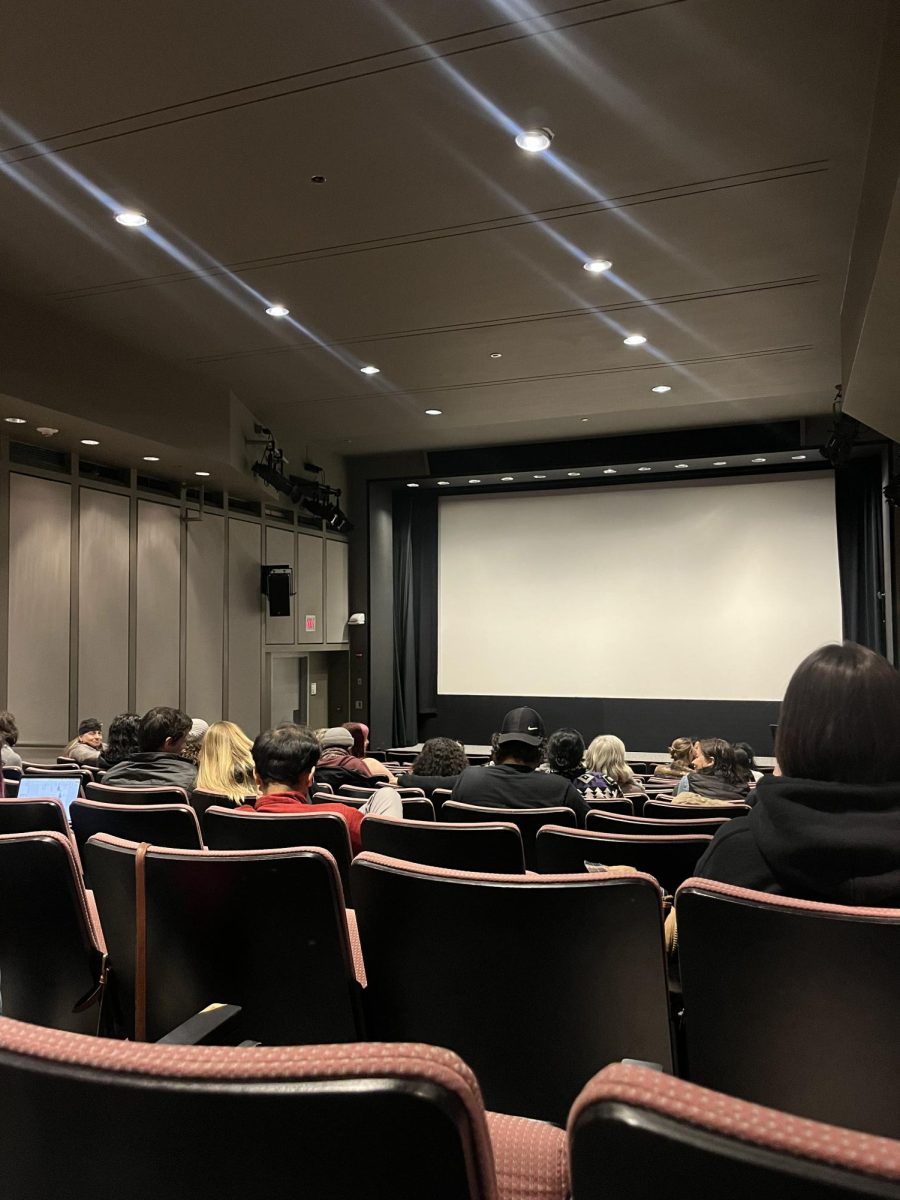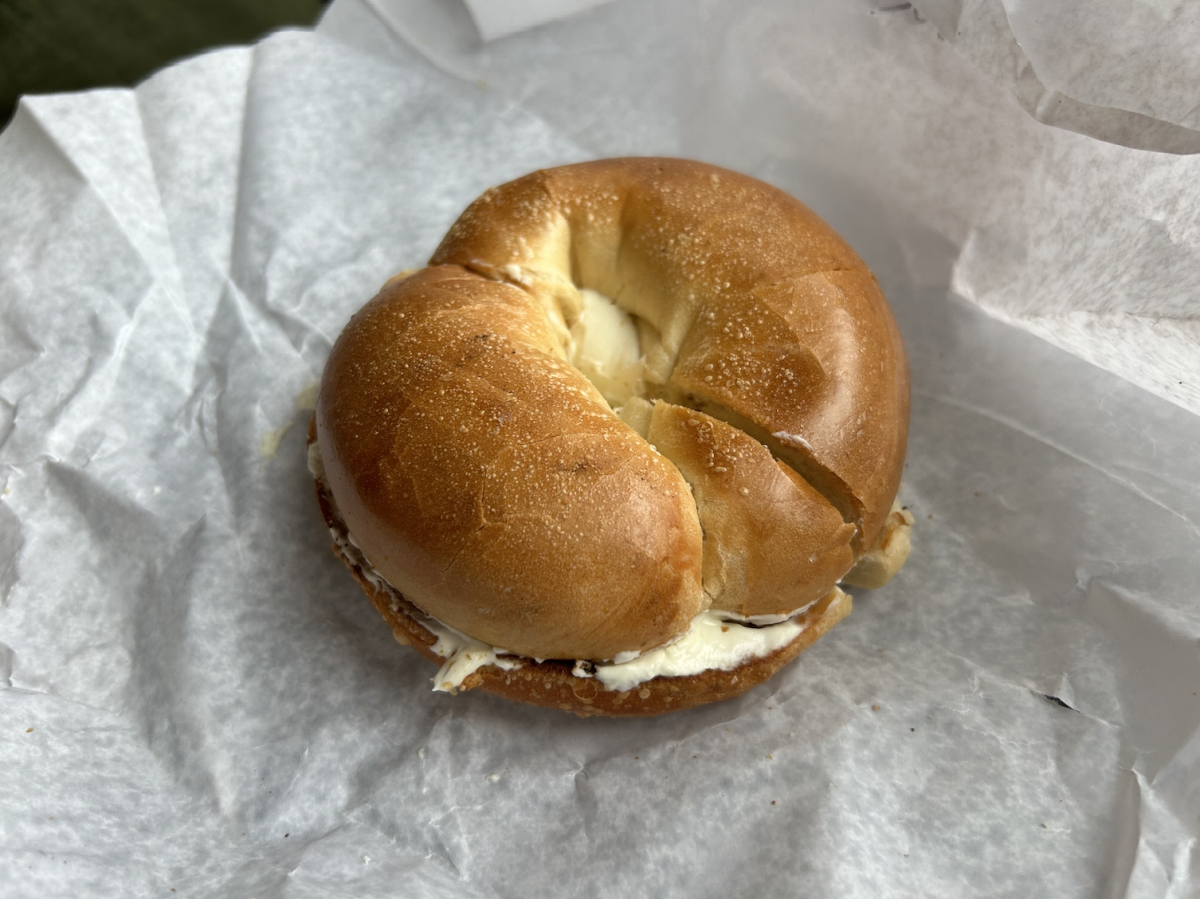By Patrick Morey, News Correspondent
Imagine walking alone through the Fens after a long night of studying at Snell Library. The dim lampposts do little to light the shadowy pathways, and everybody has heard the warnings against the dangers in this area at night. Many people would feel slightly unsafe in this situation, but what if the solution to traversing confidently back home resided right in everybody’s pocket?
The SafeTrek personal safety app – available on Apple’s App Store for $1.99 – aims to share that solution with college students across the country.
The app connects users to the nearest police department when activated, and even tracks the user’s route by GPS to ensure he or she travels as safely as possible.
All the user has to do is turn on the app when they feel unsafe and keep their fingers on the screen until they arrive at a safe destination. If something unexpected occurs, the user can simply lifts their finger off of the screen: police will be dispatched to their location if a personalized, four-digit PIN number is not entered within 10 seconds.
As the description on the App Store states, “SafeTrek enables citizens to be proactive in their safety by bridging the gap between doing nothing and calling 911 in an unsafe situation.”
Nick Droege, co-owner and chief operating officer of SafeTrek and current University of Missouri student, said he is pleased with the app’s performance since its recent launch late last year.
“All super positive reviews so far, it’s been great,” Droege said. “And if anything negative comes up, we’ll address it.”
On the App Store, SafeTrek maintains a perfect 5-star rating and boasts reviews such as the following from Apple user CU68127. “Great for when you’re walking back to your dorms late at night, or even to your car after work. You can feel unsafe any time of day, so this is a great tool to have handy.”
Droege first joined the SafeTrek team last April when he and co-founder Zach Beattie served as student body president and vice president, respectively, of the University of Missouri. Beattie had been working on the project with SafeTrek’s other co-founder, Zach Winkler, and once he shared his vision of empowering “citizens to be proactive in their safety,” Droege jumped aboard.
“Our goal is to grow a strong foundation by building strong relationships with universities and police departments and go from there,” Droege said, while expressing his satisfaction with the app’s conformance to expectations. “So far we’ve done just that.”
Droege stated that the app has lived up to their greatest hopes and is poised to continue growing rapidly.
Here at Northeastern, students are beginning to become aware of the app’s benefits.
“If I was walking alone at night, there would be no sense in not using this,” Weston Morabito, a junior marketing major, said. “I live close to campus so I wouldn’t use it too much, so $2 might be a bit much for me. Otherwise I would use it all the time.”
Morabito also said SafeTrek is something he would want his sister to use when she walks alone at night.
Although Morabito said the app’s price may be expensive for college students, third-year physical therapy major Elise Gerardi disagreed.
“If it’s late, sometimes I don’t feel safe walking back to my apartment on the Hill,” Gerardi said. “It seems worth it to pay [for the app.]”
As Morabito hinted, some college students on a tight budget may view the $1.99 price tag as a bit too steep. Senior behavioral neuroscience major Nicole Dacuyan argued that it should cost nothing to students and would prefer a free safety app, like other alternatives on the market.
One such alternative is an app called Watch Over Me. It implements GPS tracking when the user indicates he or she is entering an unsafe situation and triggers an emergency response if the user fails to check in after a certain amount of time. The app can also track the user through GPS when he or she shakes the phone to send out an immediate distress call. However, this app falls short in comparison to SafeTrek because of its lack of connectivity to local police departments and ability to discretely contact emergency services.
Besides the pricing of the personal safety app, Dacuyan also expressed some doubts about the performance of SafeTrek.
“If it takes 10 seconds after you lift your finger to call the police, then add in response time, a lot could happen in that time,” she said. “It’s a good idea in theory, but I’m not sure if it’s going to save anyone or deter any criminals.”
These concerns are not unfounded – an app cannot eliminate crime. The app does, however, provide people with a chance to contact police in emergency situations as quickly as possible.
All three students expressed concern that users might accidentally contact the police if their finger slipped off the screen and they could not enter their PIN quickly enough. But Weston mollified that worry by offering, “If you’re worried enough about your safety to use the app, then you can probably focus on keeping your finger on your phone.”
Though SafeTrek is off to a great start, Droege said there is always room for improvement.
“When Zach and I graduate, we can devote a lot more time to this project,” he said. “We are constantly listening to users and talking with police departments. We’re looking to improve the interface and communication with police.”
Photo by Pat Morey.




